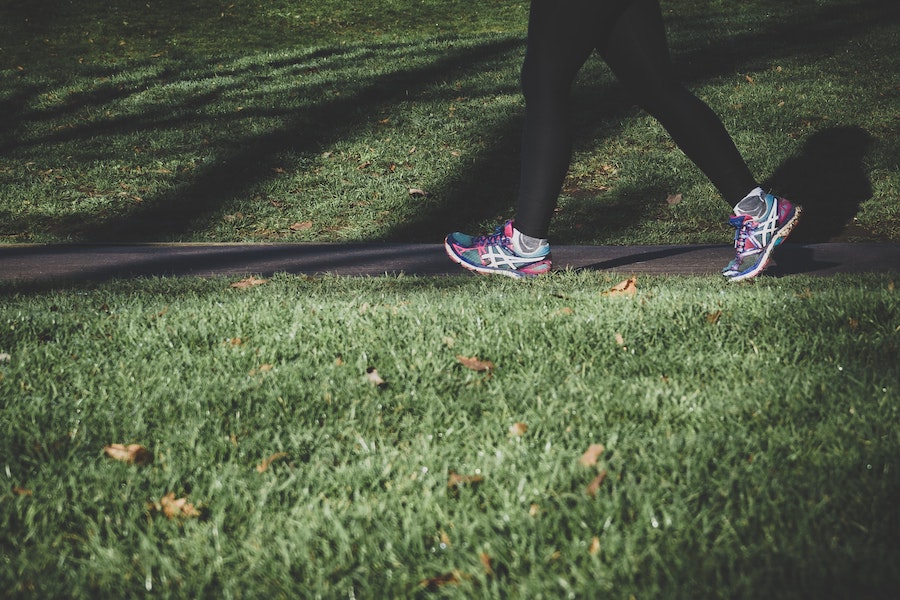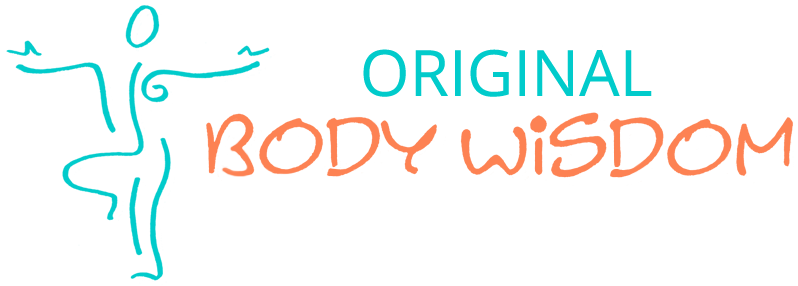You can stop stomping as you walk. And, the good news with that as your feet, ankles, knees and back will gain in strength, flexibility and pain relief. You will also walk quietly, delighting family and neighbors,
Stomping as you walk inhibits your body’s ability to absorb force.
Think about it. When your foot lands heavily it can’t but function like a stiff block. Drop a book on the floor. See how hard it lands? That is your foot in a stomp. It is the opposite of walking quietly.
Our feet were designed to move between a spread-out foundational mode that helps with balance and a spring mode that moves us forward. This transformation also helps absorb force.
Feet need a healthy arch to achieve both propulsion and force absorption but that arch changes when all of your weight is on your foot! It’s supposed to!
Healthy Muscles and the Plantar Fascia on the Underside of your Feet Help you Stop Stomping.
When I say your muscles have a nice tone I mean they aren’t floppy or too tight. They are just able to get contracted or more flexible as needed. Plantar Fascia is also something that can be too tight and painful or give you the flexible support your foot needs. Sometimes it can be too loose or disorganized.
Anything unchanging and rigid or too floppy and loose inhibits your foot’s ability to respond to the surfaces it encounters. There has to be a continuum of movement. And, wearing “good” shoes doesn’t necessarily help. Shoes can prevent pain and injury but will not always get your feet in good working order.

The Best Way to Stop Stomping When you Walk is to Enliven Your Feet.
A really simple thing to do is to get a ball and roll it under your feet. You can pretend the ball is a sponge filled with paint and you are trying to paint the entire surface of your foot. Try to swish paint between your toes and get the edges of your heels and front foot. It should be fun and pleasurable.
Now stand up and compare your feet. Does one feel better? Try balancing? has this exploration affected your balance? Try walking? Is there slightly less stomp?
Knowing how your heel and ankle complement each other can help you stop the stamp!
Try this: Point the toes of one foot as far as you can comfortably. Do you see how the back of your heel moves closer to your calf? Notice the bone on the top of your foot close to your ankle. It moves forward from the ankle!
Try the opposite: Point your toes towards your shin bone. Notice the heel moves further away from the back of your lower leg, and the top of the foot slides towards the ankle. These bones are the calcaneus and the talus, and the movement between them occurs at the subtalar joint.
Continue to practice this movement of your foot at eh ankle and heel. Over time, you will improve the function of the subtalar joint. Your foot will be less of. a heavy block and more of the changeable, dynamic support and propulsion it is meant to be.
Learn more about the ankle connection to stomping below. It will help you walk quietly.
Stomping While You Walk is a Habit.
Letting go of bad habits takes time and study. Luckily, we have Somatic Movement. Somatic Movement encourages our old habits to fall by the wayside. Instead, we explore what is natural but often impeded in our body movement.. The work is gentle, effective, and can create lasting change. I have more resources on YouTube for better walking and general somatic movement. You can also find walking videos on my website. Click here and scroll down.
Don’t hesitate to reach out for a complimentary 15 minute call, sign up for a discovery session or for my next zoom or in person walking clinic!
I offer ongoing walking workshops and one one-on-one sessions. These classes and workshops are invaluable because our human bodies evolved to walk. It really is what we are meant ot be doing and I can help you stay pain and injury free. You can also visit my YouTube Yoga, Somatics and Walking Playlist
Share this post:
Share on X (Twitter)Share on FacebookShare on LinkedInShare on WhatsApp
CategoriesCategories Blog, Embodiment, Pelvic Floor Dysfunction, Somatic Movement, Walking Course, Yoga and walking
